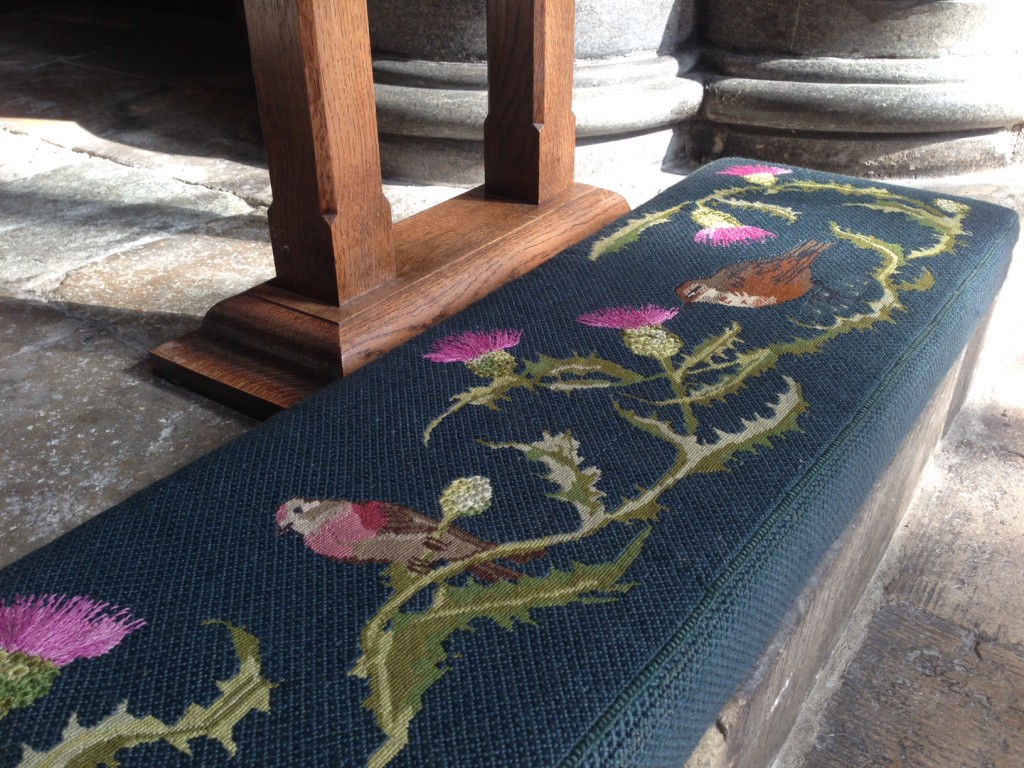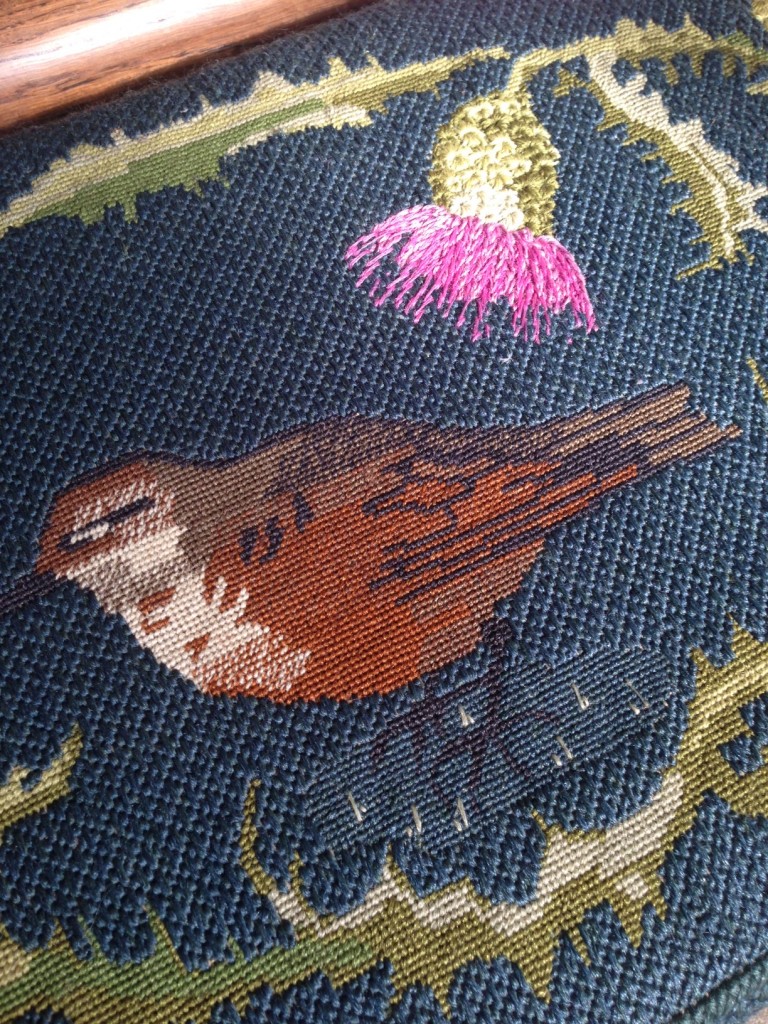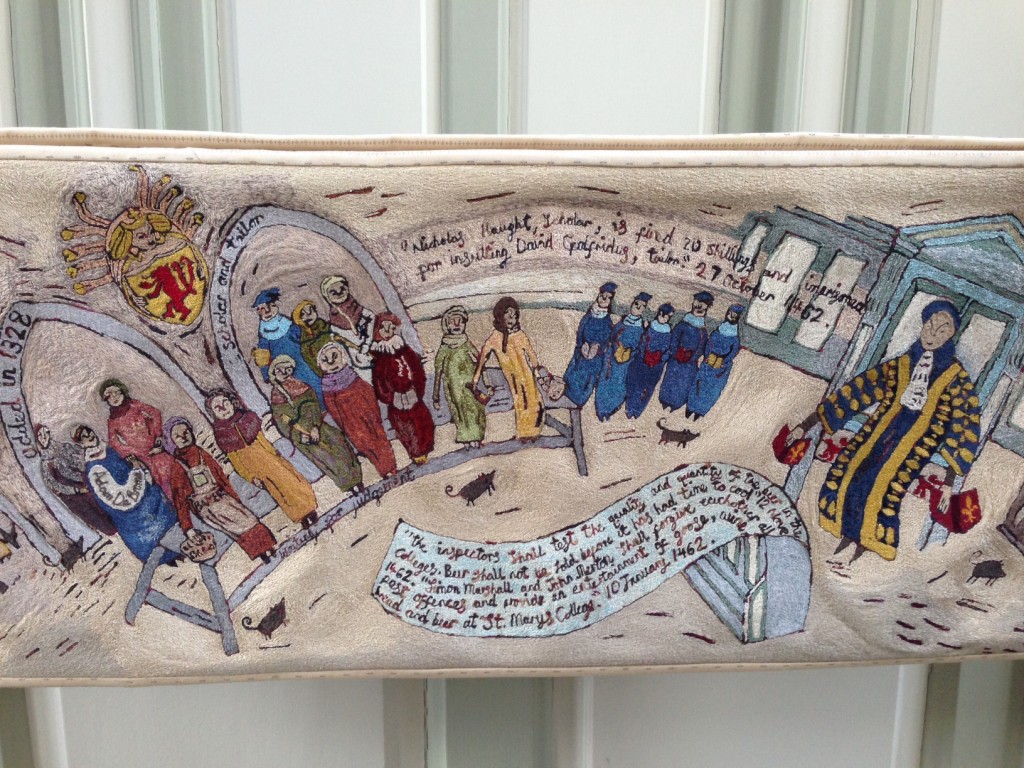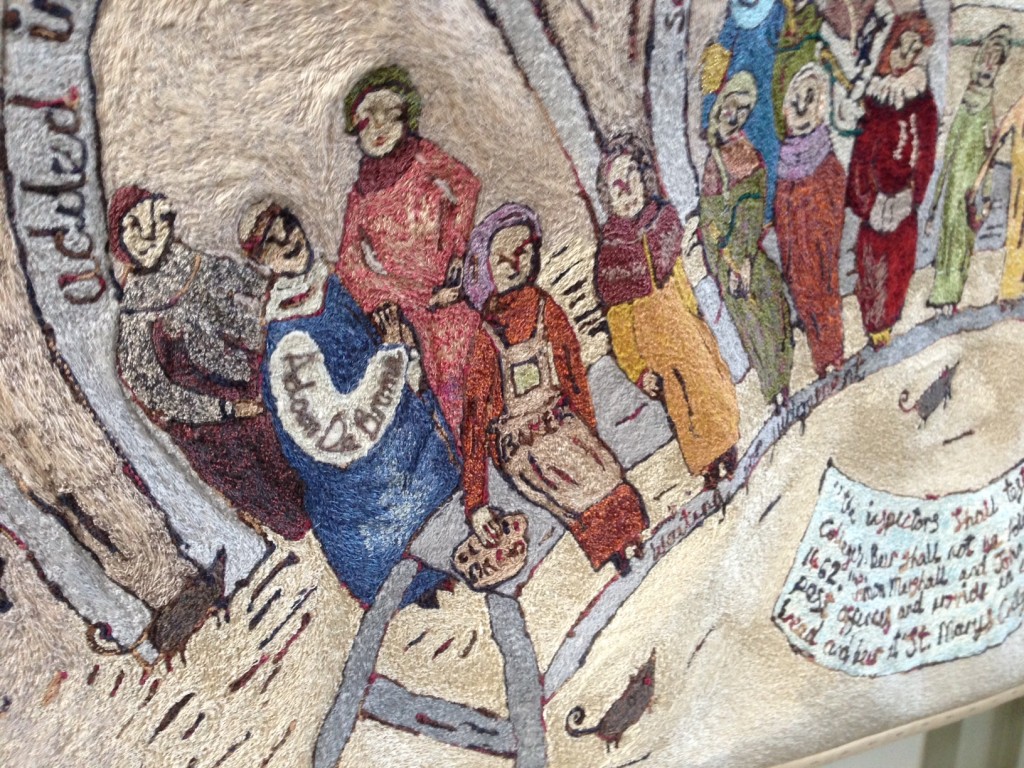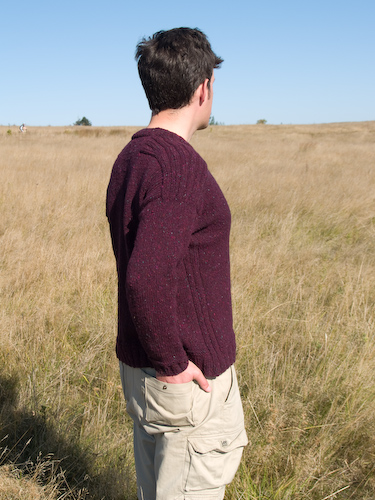When you travel to a place that’s been shaped by human culture for millennia, there are so many layers of craftsmanship and beauty it’s hard not to stand gobsmacked in the middle of it all. I’ll bet I could spend a lifetime visiting Bristol Cathedral and still find new details in its architecture and decoration to admire. I had about four hours in Bath, which wasn’t remotely enough to take in its sweeping Georgian crescents or properly imagine the Roman temple. Everywhere I traveled there was so much to take in it almost seemed futile to point my camera anywhere at all, as I’d be missing so much more than I captured.
But one thread that drew me, particularly in the churches, where so many centuries of best work have been preserved, is how that work is still going on. These places are not museums; they are living and changing and responsive to human needs and aspirations. Stones that were shaped and set eight hundred years ago are now cushioned by beautiful kneelers stitched by modern hands:
I was charmed by these humble native birds and thistles, so elevated by good composition and color choice and expert needlework, full worthy to rest among the countless artistic treasures of Salisbury Cathedral. (Pssst, want to see some astounding stained glass and learn about how it’s made? Of course you do.) Having tried my hand at a bit of basic counted cross-stitch, I know just enough to appreciate the skill in evidence here. Look at the variety of stitches in the thistles and the way the artisan has held the brown and cream threads together to give the bird’s breast more subtle coloring:
In Oxford I wandered through the University Church of St. Mary the Virgin and was struck by another piece of modern stitching. This beautiful embroidery was adorning a lectern in the Adam de Brome chapel:
This part of the church once served as a courtroom, and this hanging depicts scholars and common folk waiting for judgment. (Note the rats, who don’t seem to be waiting for anything.) Issuing from the judge’s bench at right are some of the actual decisions handed down 550 years ago: “The inspectors shall test the quality and quantity of the beer in the colleges. Beer shall not be sold before it has had time to cool.” – 12 November 1462. “Simon Marshall and John Merton shall forgive each other all past offences and provide an entertainment of goose, wine, bread and beer at St. Mary’s College.” – 10 January 1462.
My curiosity about this wonderful hanging lingered and I spent some time on the internet trying to ferret out its origins. Lo, I found the blog of the artist herself! There I was able to learn that this is machine embroidery—an entirely foreign country for me. I’d love to watch Suzette Smart at work. I can hardly imagine the squillions of stitches that must go into a piece like this and I wonder how long it takes. Plus there’s such subtlety in the shading of the colors. (Must not get too interested in this. I do not need more hobbies!)
I’m thinking a lot about the interplay of old and new as we press on through our big house project, too. Imagine, a 1″ x 5″ ridge “beam” has been holding up our roof for the past hundred years! Somehow I think of things having been built to last in the olden days—somehow they have lasted—but the contrast with the hefty and numerous slabs of laminated veneer lumber supporting the new construction is striking, and not just because the LVL is brilliant vermilion. (Everyone is to run for the east end in an earthquake.) I feel a deep affection for all the quirky details coming to light for the first time in many decades—the toothpaste green siding lurking on the wonky old interior (!) attic walls, the lath and plaster, the frail wooden beams. (I don’t think the builders have a lick of regard for the poor roof, which was so far out of parallel that they had to cut every new rafter a little differently and rough cut the plywood out of square to cover them.) Today the roofers are hard at work applying composite shingles, which is excellent in light of the forecast for rain all the rest of this week. Inspection is tomorrow, and then we can do the exterior siding, trim, and paint. That’s all exciting from a weatherproofing standpoint, too, but it’s the interior spaces I’m keen to see taking shape. I’m loving the nesting decisions—which lights, which paint, which tile? I’ve already dragged home a sturdy farm table to serve as my new work surface and can hardly wait to steal a sander from my father and set to fixing it up. We’re ever so lucky that we get to do this, to give this house just what it needs to be an ideal home for our growing family and evolving lives. My romantic side wishes we could quit work and do a lot of it ourselves, but my practical majority is just grateful we can afford to have it done quickly and professionally. The craft room, though? That’s mine to finish. After the kids go to bed I’ll be up there lovingly applying coats of the perfect grey paint, sewing curtains, building shelves in the closets, moving old things into new spaces, adding the work of my own hands to that of many capable others.
